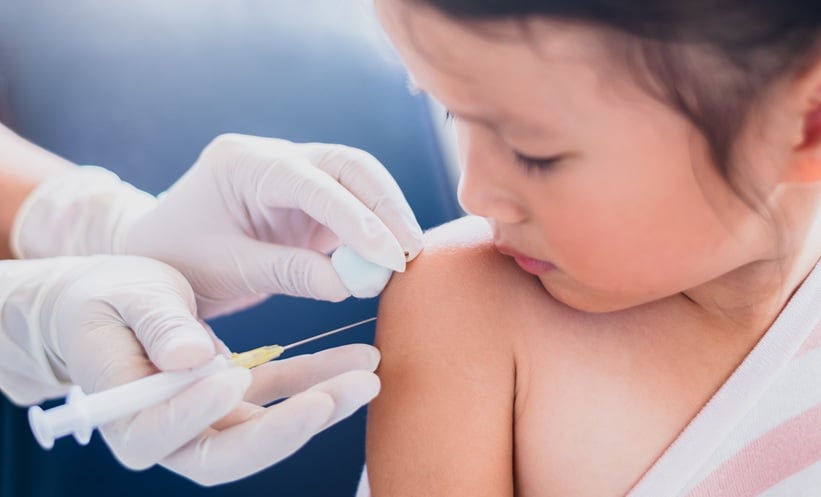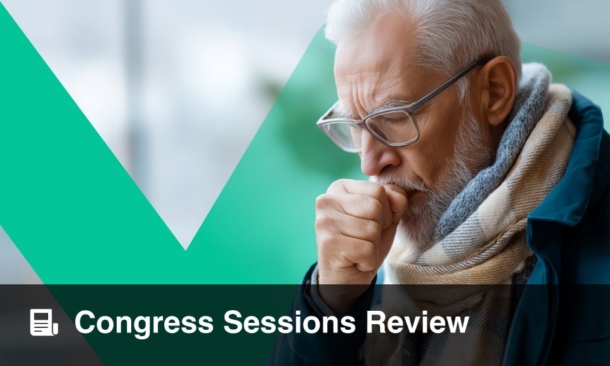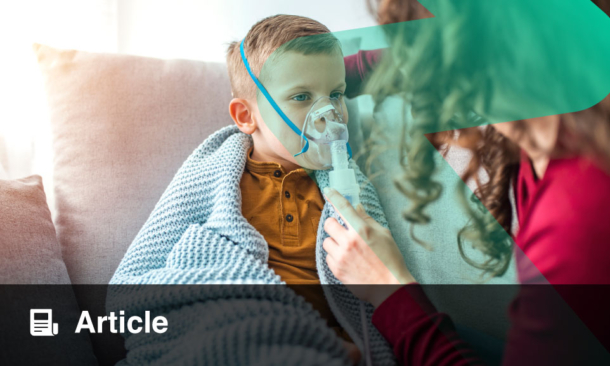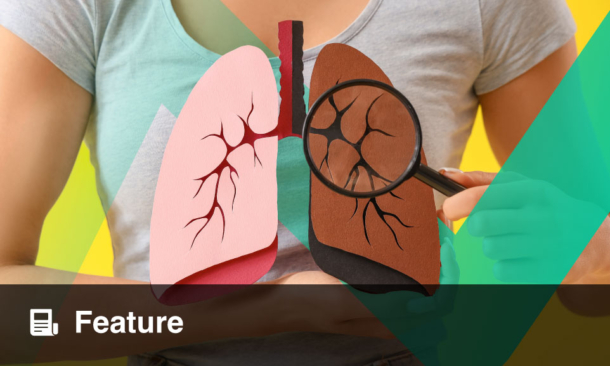Chronic obstructive pulmonary disease (COPD) is a progressive, irreversible condition, characterised by symptoms of breathlessness, cough, sputum production, and fatigue; additionally, many patients suffer from anxiety and depression.1,2 Anxiety can range from 10–50%3 of patients; furthermore, people with severe COPD are 2.5-times more likely to develop depression compared to those with mild disease.4 These comorbidities are associated with increased likelihood of exacerbations, more frequent and longer hospital admissions, and poor quality of life.5,6 Pulmonary rehabilitation is an effective and cost-effective, but underutilised, treatment to reduce the burden of COPD.7,8
TANDEM (Tailored intervention for ANxiety and DEpression Management in COPD) is a UK multicentre randomised controlled study evaluating the effectiveness and cost-effectiveness of a cognitive behavioural approach intervention, that links and optimises the benefits of routine pulmonary rehabilitation, with the aim of reducing mild-to-moderate anxiety and/or depression in people with COPD.
Patient and public involvement (PPI) is when research is carried out with, or by, members of the public rather than ‘to’, ‘about’, or ‘for’ them.9 In the UK, PPI is mandated in publicly funded research in order to make studies more effective and credible.10 The aim of PPI in TANDEM was to involve patients with COPD and carers in the design and implementation of the study to improve the relevance and overall quality of the research.
METHODS
Potential advisors were identified via established patient networks and through promotion of TANDEM on social media outlets. Those who expressed interest were volunteer lung support groups affiliated to the British Lung Foundation (BLF) and a dedicated hospital-based PPI committee in Greater London and Leicestershire, UK. Prior to their engagement in the study, patients were given a brief presentation about the study and what it might involve. In the first 14 months we spent a total of 10.5 days on PPI activities.
RESULTS
PPI advisors (N=59) belong to two volunteer lung support groups, two exercise groups for patients with lung disease, and one dedicated PPI group. Advice was sought in groups or individually for different aspects of the research process.
Before the Study
- Invited to join the study steering group
- Invited to comment on a lay summary on the proposed research design, intervention, and terminology for the funding application
During the Study
- Provided advice on the personal and clear language used to describe the study and the design of the study leaflets used for study promotion among potential participants. Incorporating the words ‘chronic bronchitis’ and ‘emphysema’ in addition to COPD was suggested, as these are more recognisable terms, and replacing the description ‘psychological therapy’ with ‘one-to-one sessions with a healthcare professional’ was advised
- Assisted in planning the duration, frequency, and location of intervention delivery and provided examples for patient hand-outs on the meaning of anxiety and depression
- Piloted the outcome data collection. It was found that the average time to complete the study questionnaire was 35 minutes, and it was not burdensome to complete
The attendees at the European Respiratory Society (ERS) congress gave positive feedback regarding the visualised representation of how and where PPI activity was utilised in the study.
CONCLUSION/REFLECTION
Our PPI advisors contributed significantly to the design and implementation of the TANDEM study. The advisors will continue to be involved until study completion and results dissemination. Experiences at the ERS congress demonstrated that attendees recognised the importance and value of embedding PPI in research. Published PPI reporting checklists10 may help researchers to design PPI for a study or to assess the use of PPI in their study.








